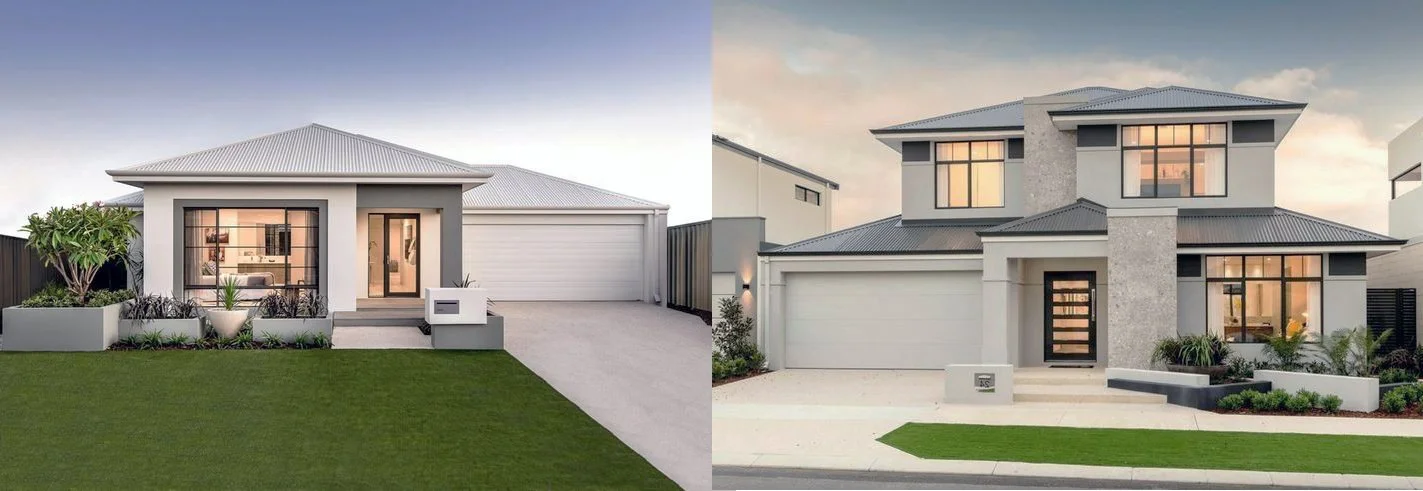Ground vs. Upper-Floor Extensions: Cost, Value, and Investment Benefits
As a building designer, one of the most common dilemmas clients face when expanding their homes is whether to extend at ground level or add a second story. Each approach has distinct architectural, financial, and functional implications. From a design perspective, ground-level extensions often provide better long-term value while maintaining architectural integrity and practicality. Let’s explore the key differences between these two approaches, particularly in terms of cost, resale value, and investment potential.
Cost Comparison
1. Construction Costs
Ground-Level Extensions: Typically more affordable because they do not require extensive structural reinforcements. The cost per square meter is lower since there’s no need for additional foundations beyond the extension footprint.
Upper-Floor Extensions: More expensive due to the need for reinforced foundations, additional engineering assessments, and structural supports to handle the added weight.
Recent quotes from several builders show that upper-floor extensions start from $300,000. A simple design of two additional rooms plus a bathroom came back at $400,000, $450,000, and even $500,000, depending on specifications and finishes.
2. Design and Approval Costs
Ground-level additions usually require fewer planning approvals and structural modifications, making them easier and faster to get approved.
Upper-level extensions often require extensive council approvals, which can add time and complexity to the project.
3. Hidden Costs
A second-story extension may require temporary relocation due to major structural work.
Ground-level extensions can impact landscaping but don’t require major disruption to the existing home’s structure.
Future Investment and Resale Value
1. Market Appeal
Buyers in WA, particularly in suburban areas, often prefer single-level homes due to their accessibility and ease of maintenance.
Double-storey homes can appeal to specific demographics (e.g., larger families), but they may not be as desirable to downsizers or elderly buyers.
2. Return on Investment (ROI)
Ground-level extensions often offer a better ROI because they add usable living space at a lower cost, meaning a higher percentage of the investment translates into increased property value.
Upper-floor additions can be attractive but may not always provide a proportionate increase in value compared to the costs incurred.
3. Functional Benefits
Expanding at ground level allows for flexible room layouts, including open-plan living areas, additional bedrooms, or entertainment spaces, which are highly sought after in the WA housing market.
Second-storey additions provide more privacy but can reduce ceiling heights on the lower floor and increase heating/cooling costs.
Final Verdict: Ground-Level Extensions from a Designer’s Standpoint
As a building designer, I often recommend ground-level extensions for clients seeking cost-effective, practical, and investment-friendly solutions. They offer lower construction costs, broader market appeal, and a stronger return on investment. While second-storey extensions can be beneficial for those needing extra space on smaller lots, the high costs and limited buyer appeal can make them less attractive for long-term investment.
When planning your home extension, it’s essential to consider your budget, lifestyle needs, and future market trends to ensure the best financial and functional outcome for your property. Consulting with a professional designer can help tailor the extension to suit both current and future needs, maximizing both comfort and resale value.


